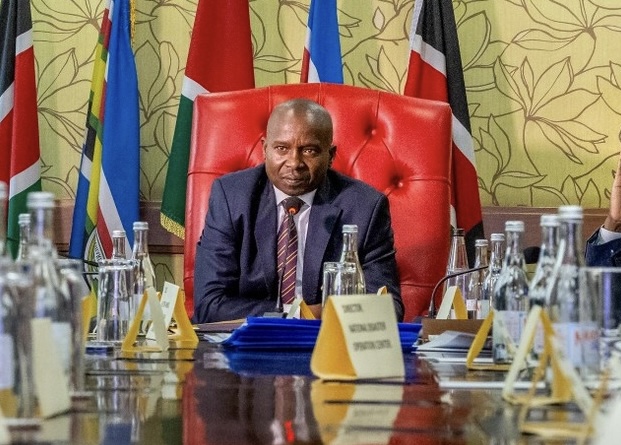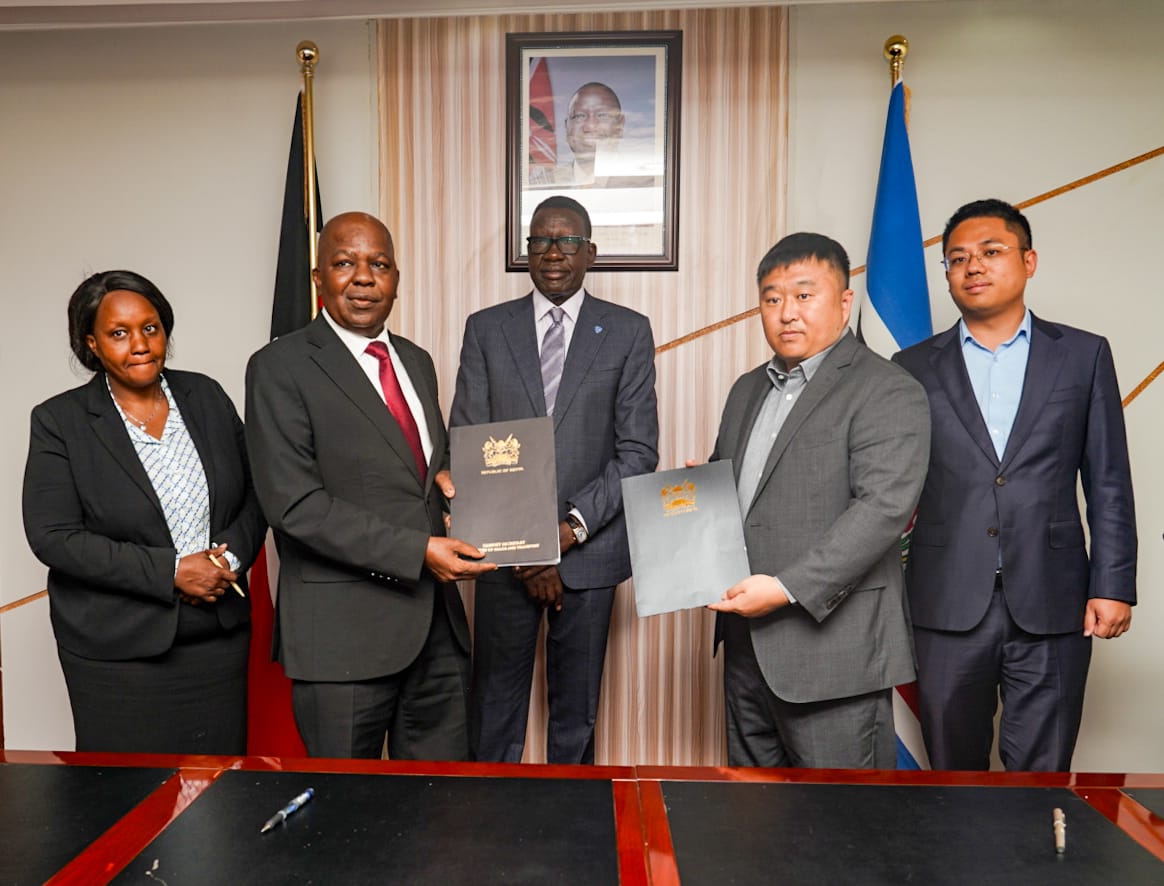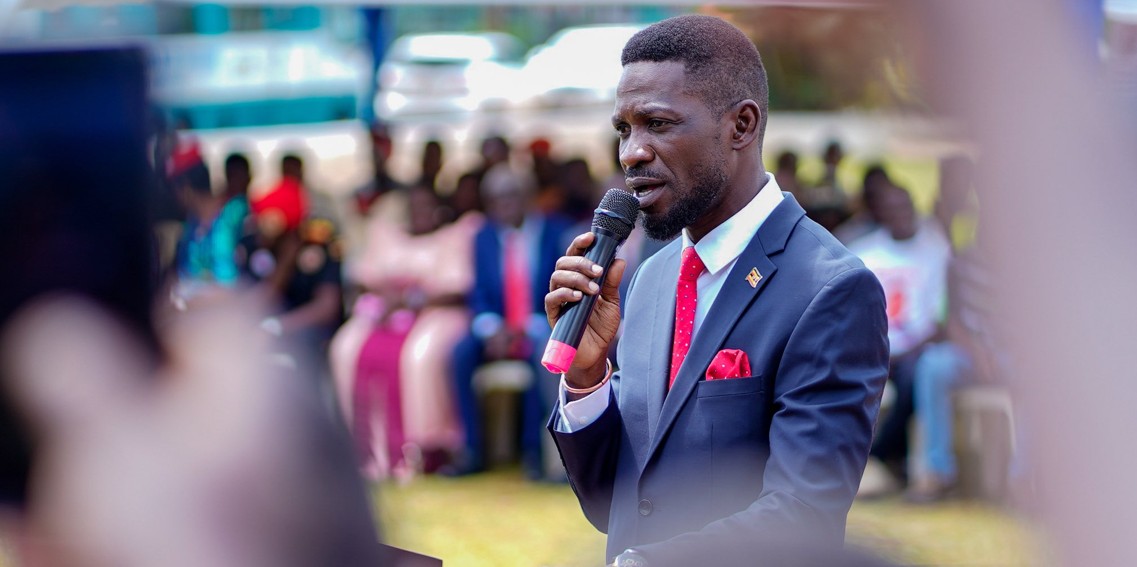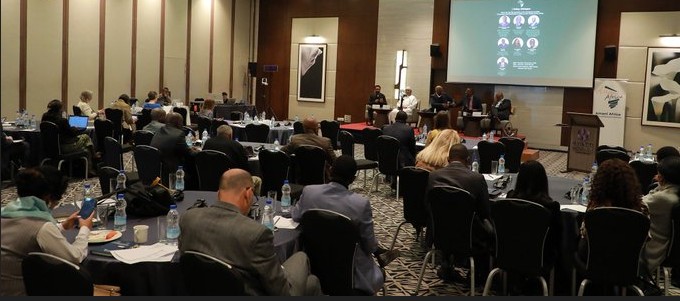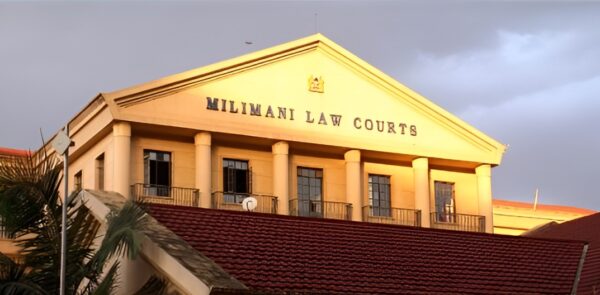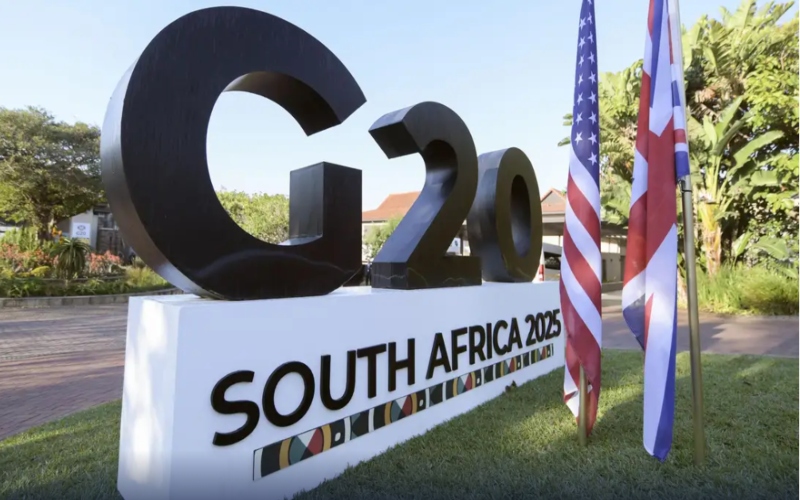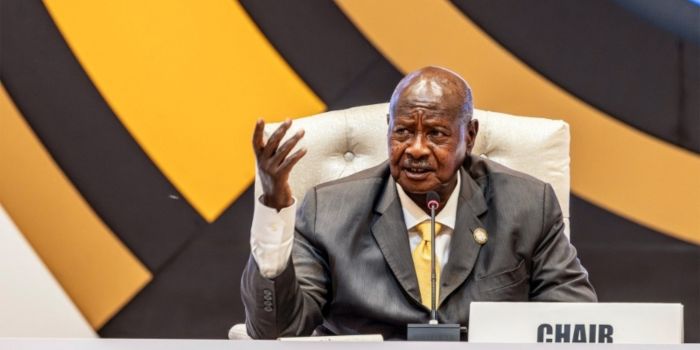How Kenya’s growing taste for luxury is rewriting motor vehicle industry, jobs
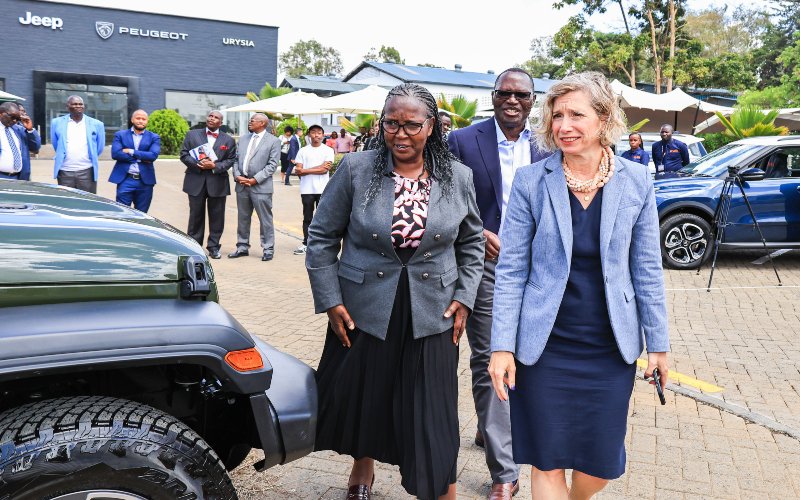
The entry of Jeep and Citroën into Urysia Limited’s lineup underscores this transformation. It also reflects the confidence global brands now have in Kenya as a strategic and dynamic market.
On a warm Nairobi afternoon, the gleaming new showroom at Urysia Limited pulsed with excitement as car enthusiasts, industry players and policymakers gathered for a milestone moment.
They were not just witnessing the introduction of Jeep, one of America’s most iconic automotive brands, into Urysia’s distribution portfolio in the Kenyan market; they were also seeing the introduction of Citroën, the French marque known for its comfort and bold design.
More To Read
- Sulfur-based batteries could offer electric vehicles a greener, longer-range option
- Epra boosts Kenya’s EV revolution by removing charging cap
- Kenya rolls out first intercity electric matatus in major green transport push
- High Court suspends new KRA tariffs on used car imports over public participation concerns
- Rwandan capital Kigali introduces modern road cleaning technology
- Rwanda explores Vehicle-to-Grid technology to boost energy efficiency, adoption of electric vehicles
Together, the two brands signalled something far bigger than the unveiling of new high-end vehicles, the arrival of a new chapter in Kenya’s automotive evolution.
Urysia is the sole importer and distributor of Peugeot vehicles in Kenya and the East African region.
Stakeholders pointed out that the shift is driven by the need to address existing gaps in the high-end market, alongside a growing taste among Kenyans for premium and luxury products.
Long seen as a market dominated by used imports, the country is reportedly experiencing a pronounced shift as more consumers gravitate toward high-quality, technologically advanced products that promise durability, performance and long-term value.
A study by manufacturing and research firm Masscom Global says Kenya's luxury market continues to flourish, with revenue projected to reach $298.80 million (Sh38.8 billion) in 2025.
For premium brands targeting high-net-worth individuals, the country presents compelling opportunities, it adds. “About 72 per cent of Kenya's luxury consumers cite brand heritage and sustainability as important in purchase decisions.”
 Trade Principal Secretary Regina Ombam inspects a Jeep Wrangler during the launch. (Photo: Trade Ministry/X)
Trade Principal Secretary Regina Ombam inspects a Jeep Wrangler during the launch. (Photo: Trade Ministry/X)
Looking ahead, the study projects Kenya’s luxury goods market to maintain a steady 4.25 per cent annual growth through 2029.
The fastest-growing segments include premium experiences, fine dining and personal luxury goods targeting Kenya's expanding professional class and international visitors.
In the automotive segment, experts told The Eastleigh Voice that the growing demand for premium vehicles is being fuelled by an expanding middle class and Kenya’s rapid adoption of new technologies.
They added that a cultural shift is also underway, with more Kenyans choosing products that justify their price not through prestige alone, but through measurable quality, durability and long-term value.
The entry of Jeep and Citroën into Urysia Limited’s lineup underscores this transformation. It also reflects the confidence global brands now have in Kenya as a strategic and dynamic market.
At the launch, US Embassy Deputy Head of Mission Carla Benini captured the magnitude of the moment.
She said the introduction of Jeep, alongside Urysia’s expanding brand family, represents a convergence of American engineering excellence, Kenya’s entrepreneurial ambition, and the commercial dynamism between the two countries.
“This launch will create skilled jobs, bring cutting-edge technology and enhance consumer choices in the Kenyan market,” Benini said.
She further emphasised how premium brands resonate with Kenya’s expanding middle class and its appetite for top-tier products.
According to Urysia Managing Director Claude Mwende, the introduction of both Jeep and Citroën is not merely about broadening brand offerings; it is about deepening Kenya’s automotive capability and building a skills-driven economy.
 Urysia Managing Director Claude Mwende speaks during the launch. (Photo: Trade Ministry/X)
Urysia Managing Director Claude Mwende speaks during the launch. (Photo: Trade Ministry/X)
Mwende estimates that the employment ripple effect of each vehicle sold is more substantial than many realise, spanning technicians, logistics operators, sales teams, drivers, service agents, spare parts suppliers and eventually assembly-line workers.
“Out of every one vehicle sold, it is possible that one vehicle would be creating employment for 10 to 15 people along the line,” Mwende said.
At present, the new Jeep and Citroën units are being introduced as completely built units (CBUs), but Urysia says it is actively exploring local assembly options, an opportunity that could deepen technology transfer, enhance manufacturing capacity and position Kenya as a competitive player in regional automotive production.
Mwende emphasised that while the path to local assembly is complex and highly regulated, they are preparing for it, especially for the high-end brands, with long-term intent.
His ambitions align closely with government priorities.
Trade Principal Secretary Regina Ombam, also present at the event, described the deal as a tangible reflection of Kenya’s industrial transformation agenda.
She noted that heavy reliance on imported parts has weighed down the country’s economic potential, costing Kenya more than Sh96 billion in 2022 alone.
She therefore called for deeper collaboration to ensure local assembly becomes a reality and drives sector growth, a move that would help ease the country’s heavy reliance on imports.
“When we are talking about local assembly and really incentivising institutions, we are actually trying to bring to the level of where we can assemble brands and make sure that we meet the demands of the people at a good price,” Ombam said.
Top Stories Today
